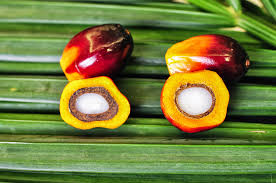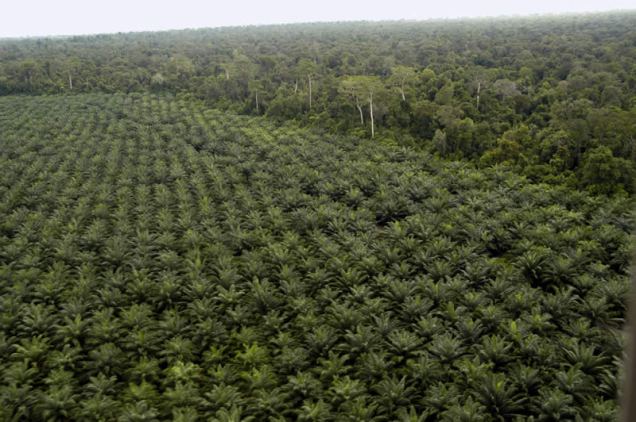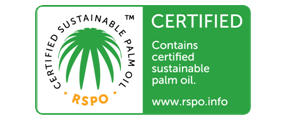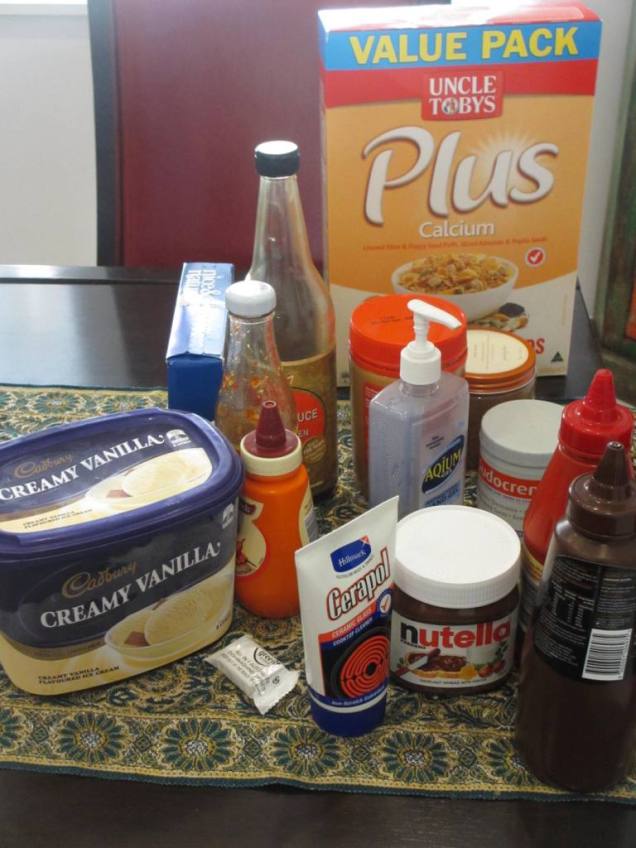
I feel as though I never have time for my Blog anymore. If life with two kids wasn’t busy enough, with three young kids, it is off the rails. I feel that I spend a lot of my time trying to stay afloat. Added to that is my professional job which is a source of inspiration and contentment, but also at times stress. Also I have little time for my garden (which is suffering this summer), let alone quality time with my husband or relaxation. To ease the ‘time’ factor in my life, I have thought about getting in a cleaner or other help. One of the things that stops me about a cleaner is my high eco-standard. Ever since I did my Palm Oil Detox, I’ve been using natural cleaning products and I’m nervous about the chemicals that might be used by a professional cleaner. For now, I’m opting to keep my natural cleaning standards and do it myself. The reasons to use green cleaning products are simple:
- They’re not toxic to the health of my family or the planet;
- They’re cheap; and
- They’re simple and effective.
What do I use? There are basically two ingredients that I use the most, though I do also use ‘Natural’ cleaning products from the supermarket (mostly to clean my toilet and sometime the shower recess when it gets a bit too icky!):
- Bicarbonate of soda;
- White vinegar.
Bicarbonate of soda

Discovered in ancient Egypt, this sodium compound which is called Natron was used in the mummification process. Over time, European chemists discovered that another form of pearlash was effective in helping the baking process. In 1791 a French Chemist Nicolas LeBlank turned common salt (sodium chloride) into soda ash (sodium carbonate). This was later developed into sodium bicarbonate in the USA.
Bicarb soda is like this miracle ingredient used in so many things. I’ve used it to make natural toothpaste I’ve done this by dipping my toothpaste and then brushing. The taste isn’t the usual minty taste that I’m used to, but trust me, my teeth were super clean and shiny afterwards!
My mum’s used it as deodorant and she swears by it. I’ve not tried this though. I have also heard of people that don’t wash their hair with shampoo, and instead do a ‘dry shampoo’ using bicarb soda.
For cleaning I use bicarb soda a number of different ways. I add a little water and make a paste. I use a toothbrush and clean the grouting in between tiles in my bathroom and to generally clean the bathroom and kitchen sink. I also use it to keep my pots and pans looking good.
Bicarb soda is also great at keeping things smelling fresh. There has been instances where my fridge will get very smelly. All I do is either keep a packet of bicarb soda opened in the fridge or even some fresh coffee grounds.
White vinegar

You can buy big containers of cheap white vinegar in most supermarkets. This is my secret weapon around the house. I use it to clean the tiles in my bathrooms, my shower recess, windows and pretty much any surface.
I often add some bicarb soda and vinegar to a load of washing and it brightens up my clothes.
My other tips is to pour a little bicarb soda down the drain and then add vinegar – watch the frothing action, then leave for half an hour and come back and pour boiling water down the drain. A wonderful way to keep your drains clean and fresh without the use of harsh chemicals.
Both of these products can be bought so easily and are really effective and cheap. You also won’t feel so horrible and congested afterwards and your hip pocket and the planet will thank you for it.






